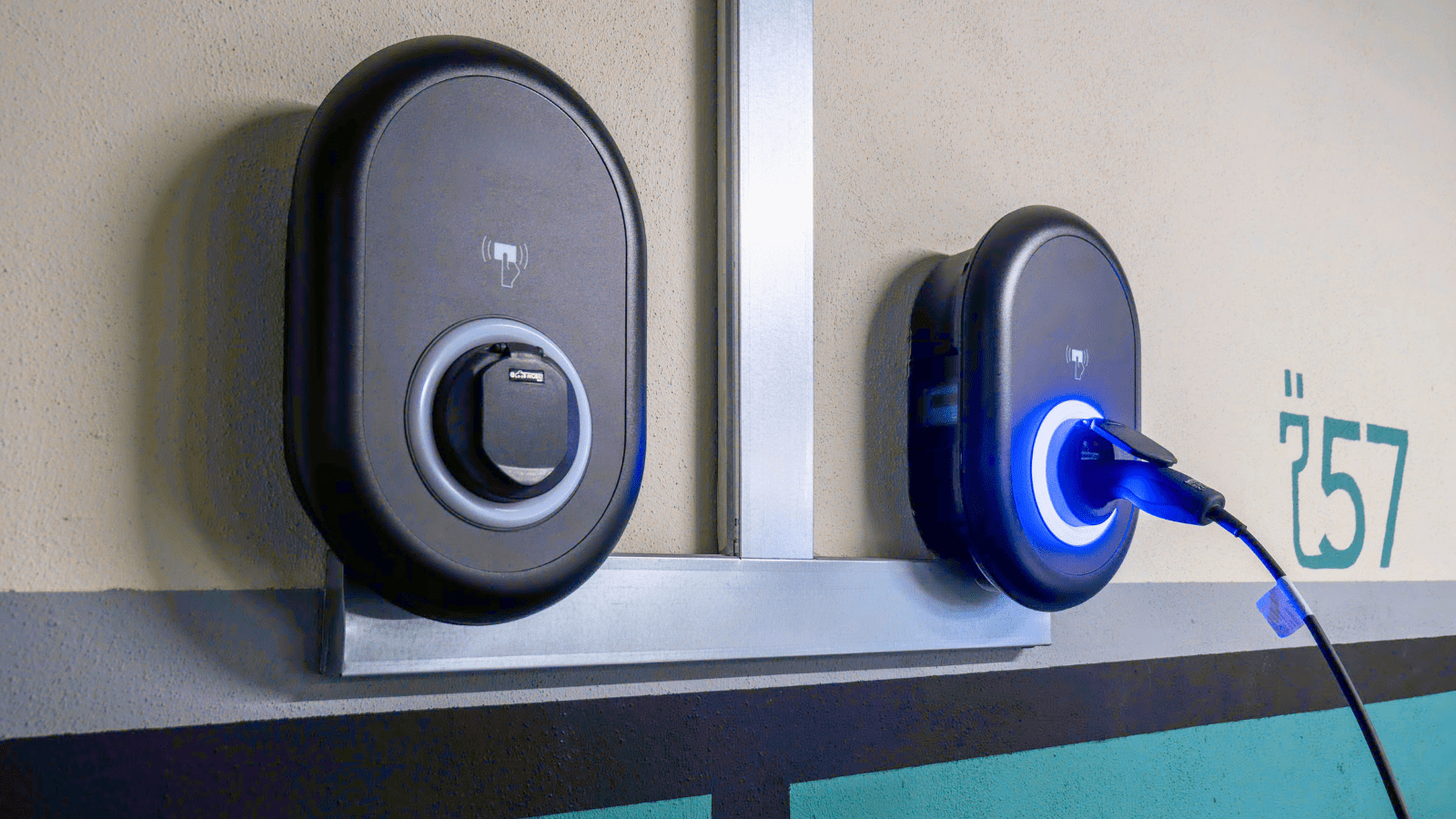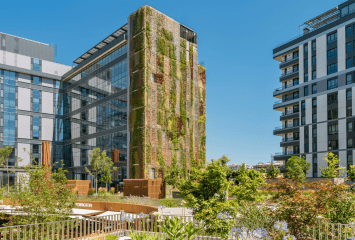How will sustainable mobility look in the coming years?

Pollution caused by transportation is one of the main public health problems in the world’s major cities. Especially in those with a strong culture of private vehicle use or very weak public mobility infrastructures. The good news is that awareness about the importance of reducing this pollution is growing more and more each year. Sustainable mobility is advancing, and the cities of the future will look and feel very different from those of today. In this article, we will look at the major lines of transformation expected in the coming years and decades.
Increase in electric vehicles
Electric cars pollute more during their manufacturing process, but they take approximately a year and a half to offset it thanks to their low level of operational pollution. Or, in other words: from that moment on, the electric vehicle starts saving greenhouse gases for the planet. In this sense, it is expected that improvements in batteries and cost reductions will gradually lead to a greater adoption of electric cars. For this, it is also necessary that cities be filled with enough charging stations, and at Colonial we are already contributing to this with parking areas equipped with electric charging.
On the other hand, and looking even further into the future, it is expected that vehicles powered by green hydrogen and even those powered by biofuels will also come into play. All this to definitively ban fossil fuels from cities. Although it’s not all about cars: bicycles, electric bikes, or electric scooters will also play an increasingly important role and, again, at Colonial we are supporting this with the installation of parking spaces for this type of vehicle in some of our buildings. This is the case of the Génova 17 building or the popular Discovery Building, both in Madrid.
Hyperconnectivity of transport
One of the main reasons that push many people to use private vehicles is convenience, as not all cities have a truly hyperconnected sustainable mobility infrastructure. And that is something local governments will have to address in the next decade. Integration between transports will be essential. For now, what companies like Colonial can do is choose to include in our portfolio spaces located in key and hyperconnected points of the city. It’s no coincidence that a large part of our buildings are located in the business centers of Barcelona and Madrid.
Moreover, other sustainable dynamics that will presumably become part of cities’ daily reality include both the carsharing model and, a bit further ahead, still a future proposal, the incorporation of autonomous vehicles managed by artificial intelligences. These vehicles, in theory, will be safer and, above all, more environmentally friendly, as they will be fully electric and always choose the greenest routes at any given time. All of this will make it easier for cities to allow the combined use of sustainable transport.
Reduction of sedentary lifestyles
The city encourages a more sedentary lifestyle than rural areas. Especially when distances between points are very large. But it’s one of the most repeated recommendations from the World Health Organization: human beings need to move more to improve physical and mental health. And the modern city must adapt to support that. At Colonial, specifically, we are equipping several of our buildings with locker rooms with showers that allow workers to arrive on foot or even running to work. This way, in addition to not polluting, they meet their exercise needs. The sustainable city will also be the human city.

